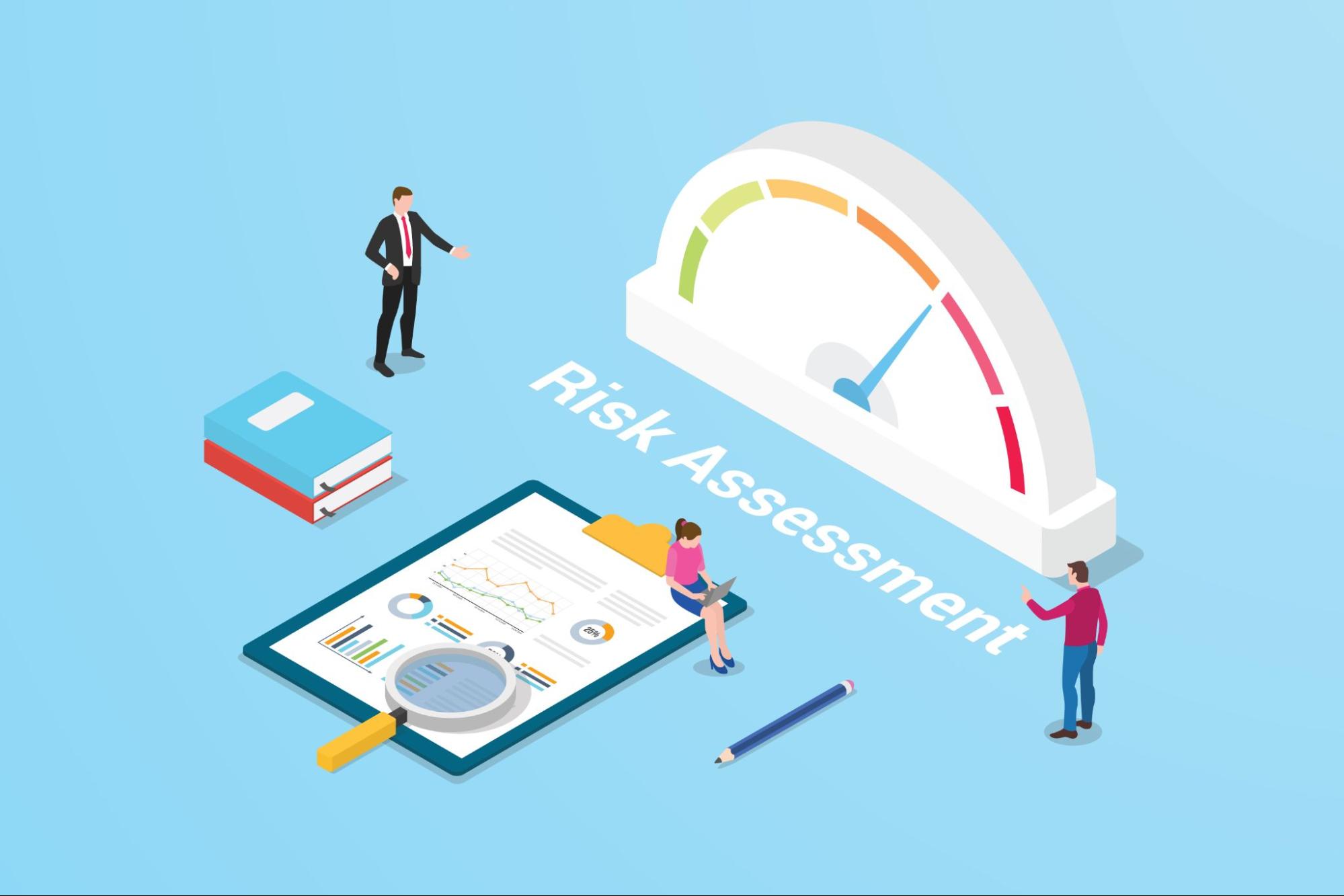

Taking risks is an inherent part of any business project, and while we anticipate rewards, sometimes those risks turn into obstacles that can hinder progress. Although avoiding risks completely isn't possible, being proactive and identifying them early on can determine whether a project succeeds or fails.
A key tool in managing project risks is the Risk Breakdown Structure (RBS). Here, we’ll break down what is the risk breakdown structure and how to leverage it using the monday.com Work OS for your next project.

A Risk Breakdown Structure (RBS) is a visual framework that helps project managers pinpoint risks and their root causes. It organises these risks into a hierarchy, starting from general categories and progressively breaking them down into more specific sub-risks.
The Risk Breakdown Structure (RBS) is a valuable tool that allows project managers to anticipate, assess, and respond to risks throughout a project. By breaking down and visualizing different levels of risk, the entire project team can easily collaborate on essential tasks such as risk identification, analysis, response planning, and control.
Understanding the various risks also helps divide the project into smaller, more manageable tasks, making it easier to plan and execute.
Here are some key benefits of using an RBS for your project:

Building a risk breakdown structure (RBS) for your business helps you identify, assess, and manage potential risks effectively. Although each business faces unique risks depending on its industry, there are four essential steps including identifying potential risks, breaking down risks into subcategories, evaluating and scoring risks and building your structure to create an RBS that fits your specific needs.
Start by identifying the various risk categories your business may encounter. It’s crucial to understand the sources of these risks, including those outside of your control. Here are some common risk categories to consider:
Once you’ve identified the broad risk categories, break them down into more specific subcategories to gain a deeper understanding of each potential risk. For example, under "Technological Risks," you could have subcategories like "Hardware Risks," "Software Risks," and "Cybersecurity Risks." This level of detail ensures your team is prepared for specific challenges within each risk category.
After identifying and organizing risks, the next step is to evaluate and prioritize them based on their likelihood and potential impact. Conduct a risk analysis by scoring each risk according to two key factors:
You can use a simple rating scale, such as low, medium, or high, to assess both factors. This will help you prioritize which risks require immediate attention and which can be monitored over time.
Once you've identified, categorized, and evaluated the risks, it's time to compile this information into a clear and accessible structure. A well-organised RBS helps stakeholders understand the risks involved in the project and stay aligned throughout its lifecycle.
When building your RBS chart, consider the following tips:
While basic tools like Excel can be used to create an RBS, project management software is often a better option for complex projects. These tools make it easier to create detailed charts, collaborate with teams, and keep information up to date.
The monday.com Work OS offers a customizable and collaborative platform to help you build an effective Risk Breakdown Structure (RBS). With its flexible features, you can easily organise, track, and manage risks within your project. Here’s how monday.com can support your RBS development:
Get a head start by using one of the many templates available in the monday.com template centre. Our risk register template, for instance, provides a structured foundation for tracking action plans, identifying risks, and streamlining risk mitigation efforts, ensuring consistency across your projects.
The monday.com board allows you to create and organise risk categories and subcategories, assign scores, set deadlines, and designate risk owners. You can also track a risk's probability and impact level—all in one centralized hub. This makes it easy for all stakeholders to access real-time updates, understand risk priorities, and view their tasks, fostering transparency and teamwork.
monday.com monday.com integrates with a wide range of popular tools, such as Asana, Trello, Jira, GitHub, and more. This ensures that all your project management, CRM, and communication tools are consolidated in one place, simplifying how you manage your RBS and overall project execution.
An RBS is typically developed during the risk identification phase, which occurs before a project kicks off or while it’s still in the planning stage.
A Work Breakdown Structure primarily focuses on breaking down the tasks and processes of a project. While some WBS frameworks might touch on risks, they usually emphasize the work to be done, leaving risk identification and analysis to a separate tool like the RBS.
In Microsoft Word, you can create an RBS using shapes and charts. However, using a dedicated project management tool like monday.com provides more flexibility, better visualization options, and allows for team collaboration and real-time updates.
Risks are inevitable in project management, but a solid RBS helps ensure you aren't caught off guard. By preparing your team with a well-organised RBS and using platforms like monday.com, you gain the flexibility and visibility needed to manage risks efficiently, keeping them from negatively impacting your team’s communication and overall project success.

A learning experience platform designed for modern teams.